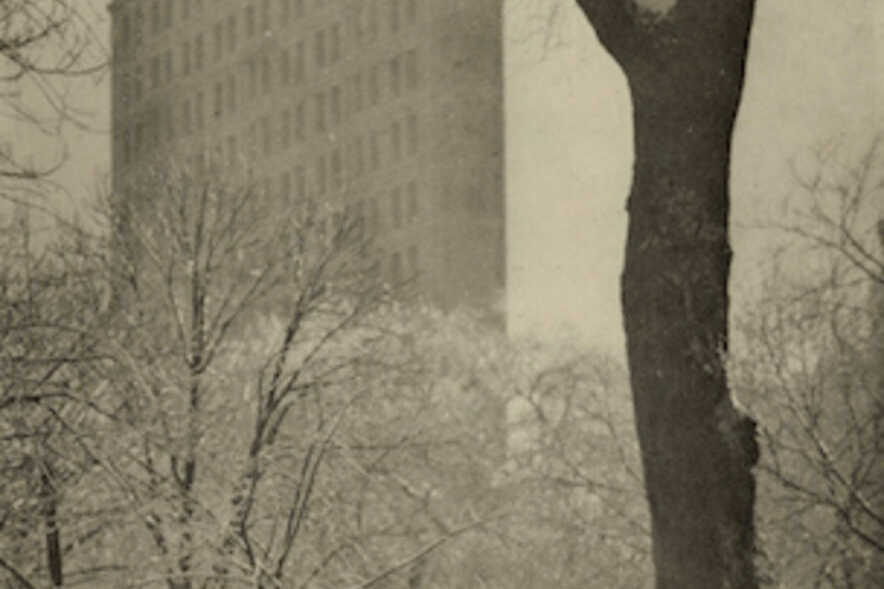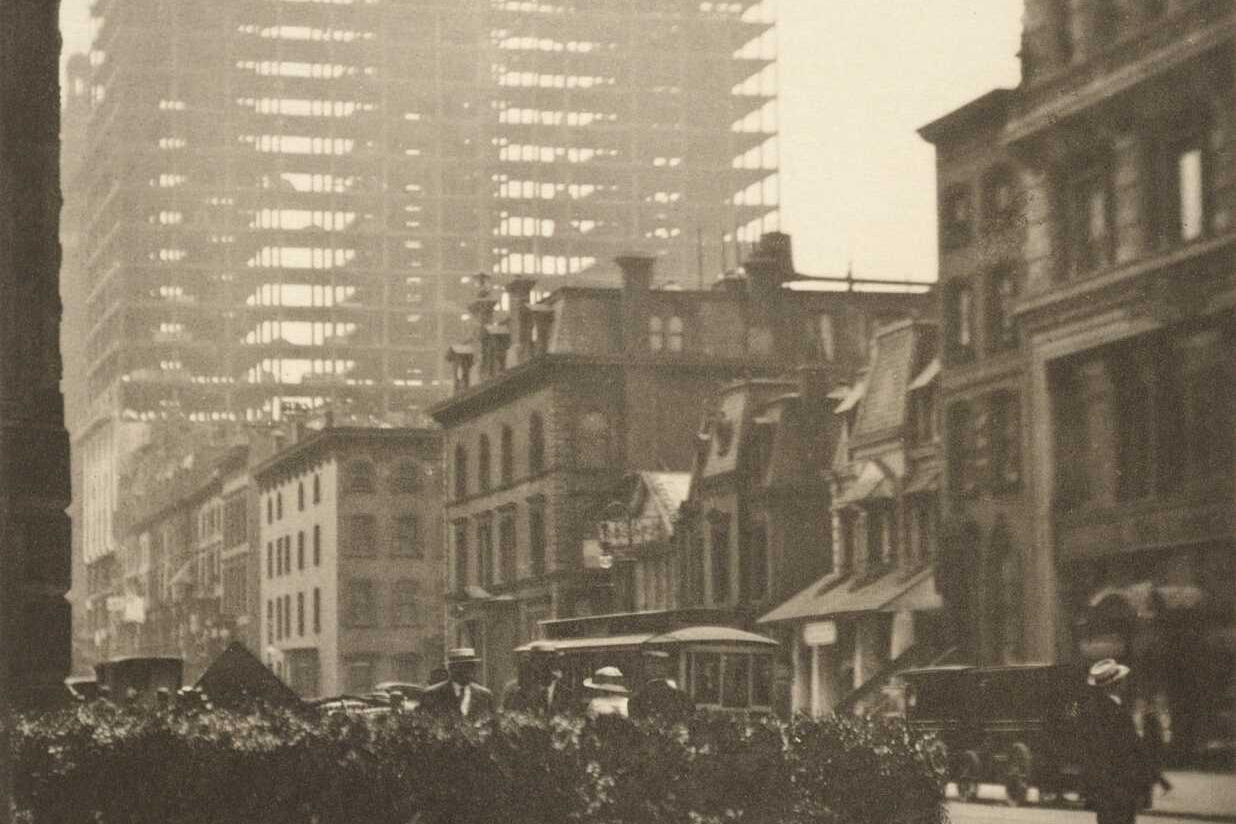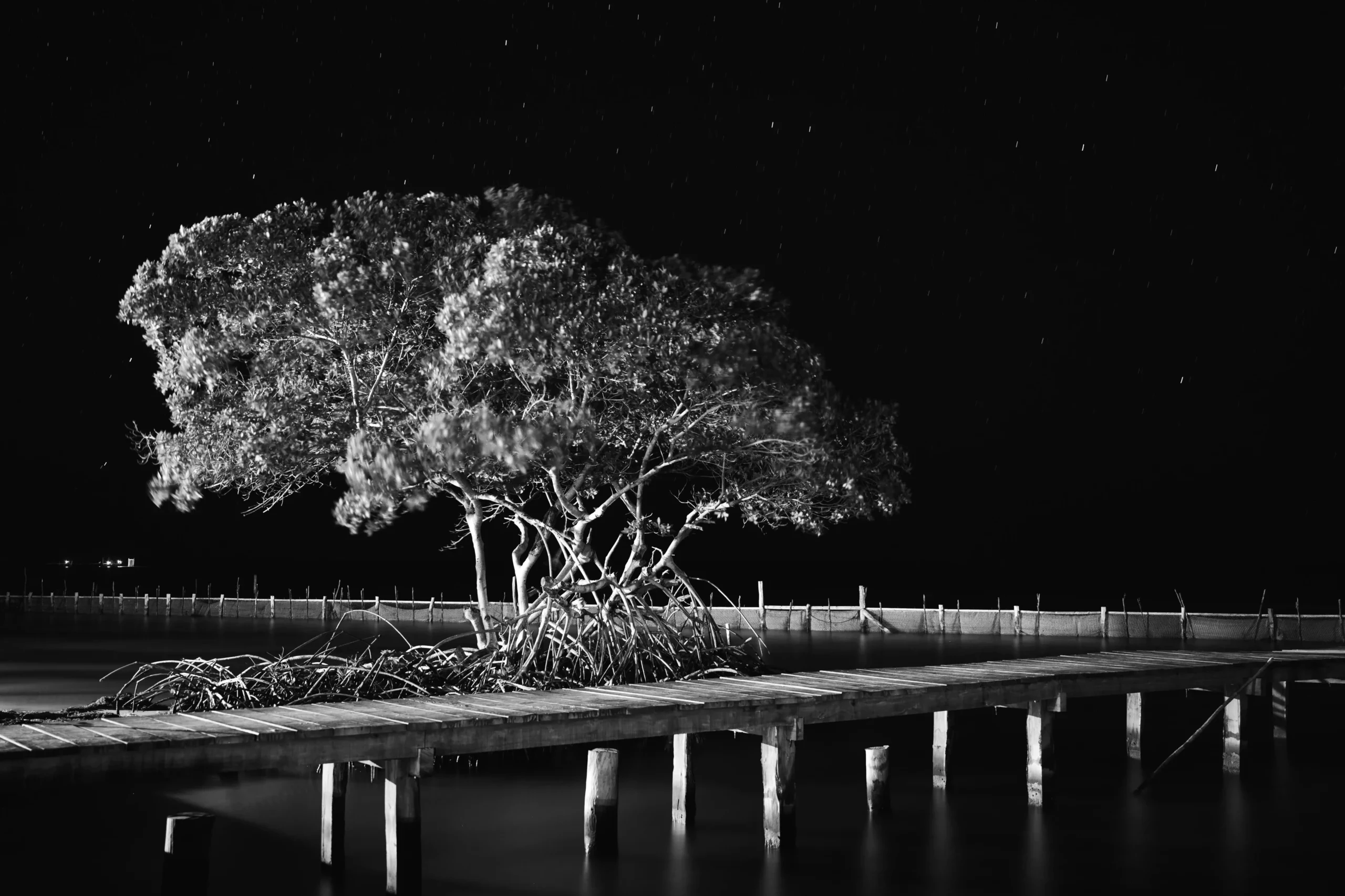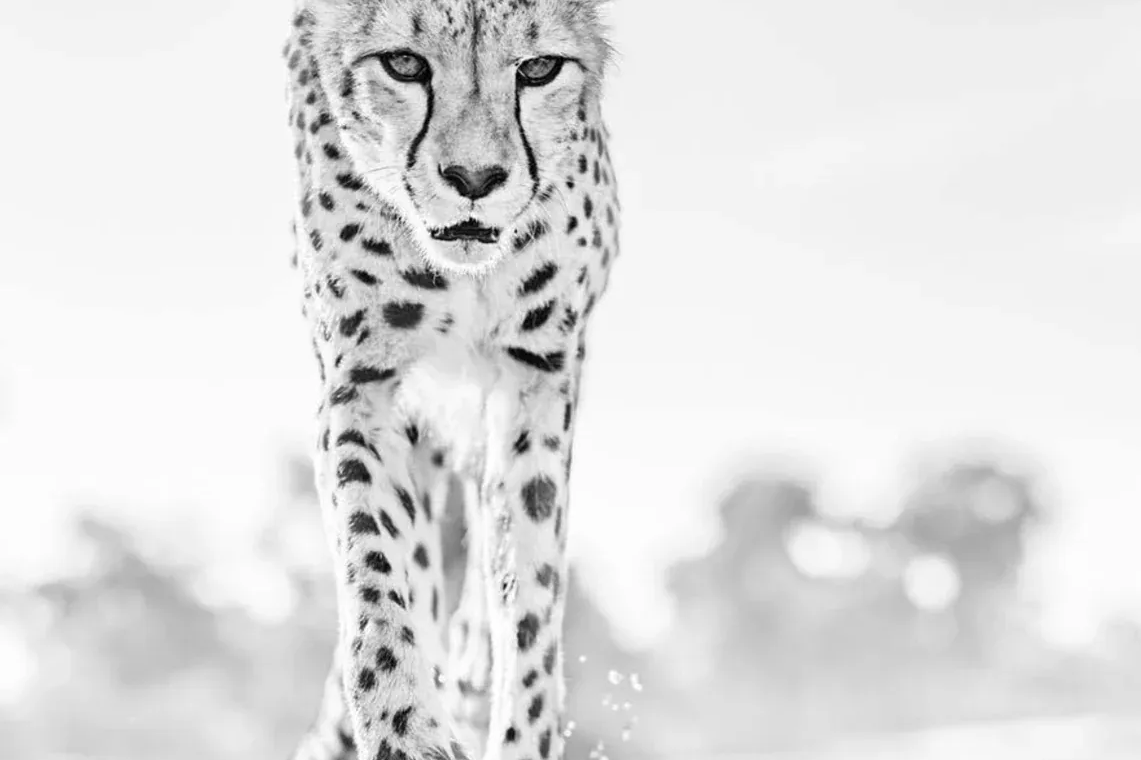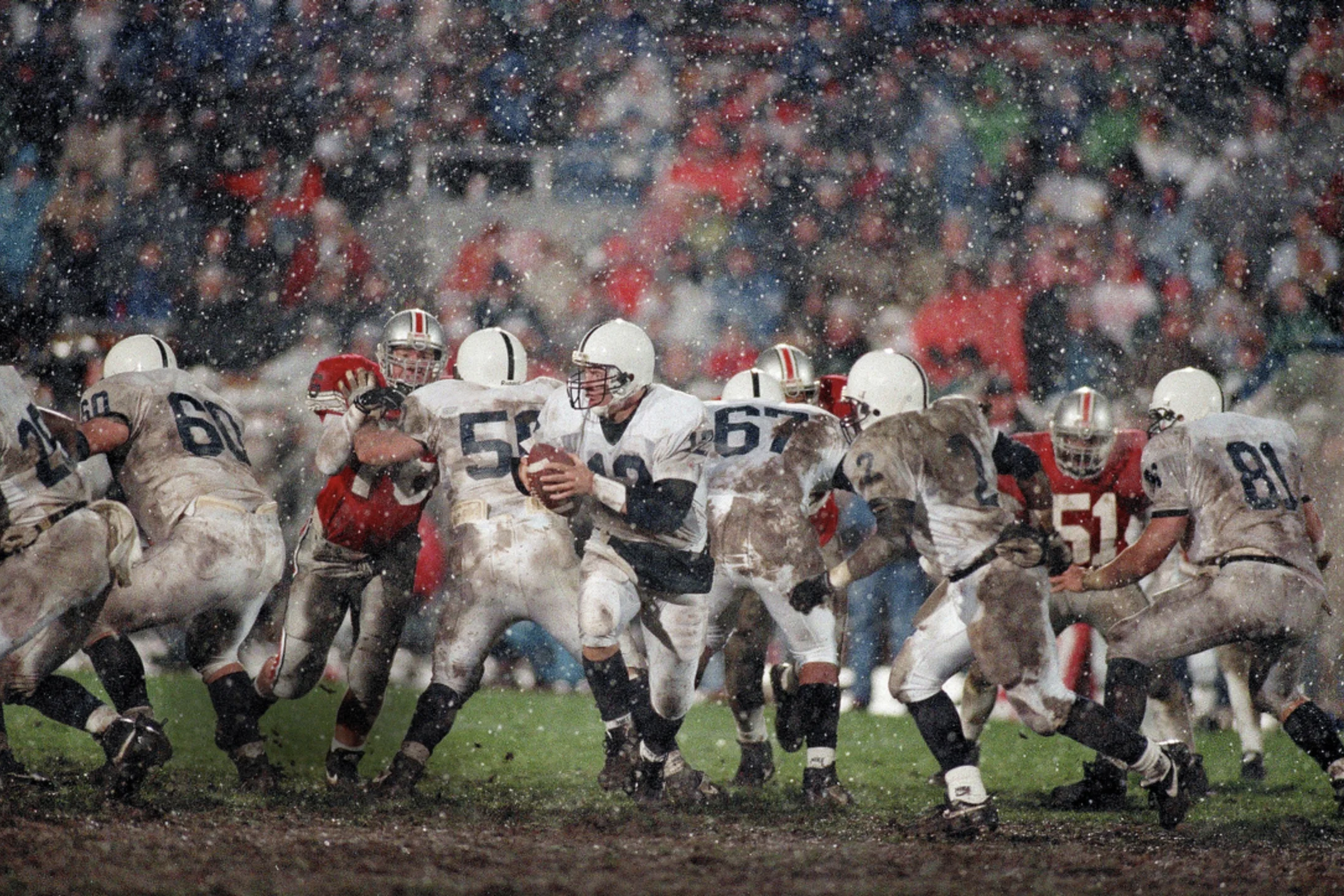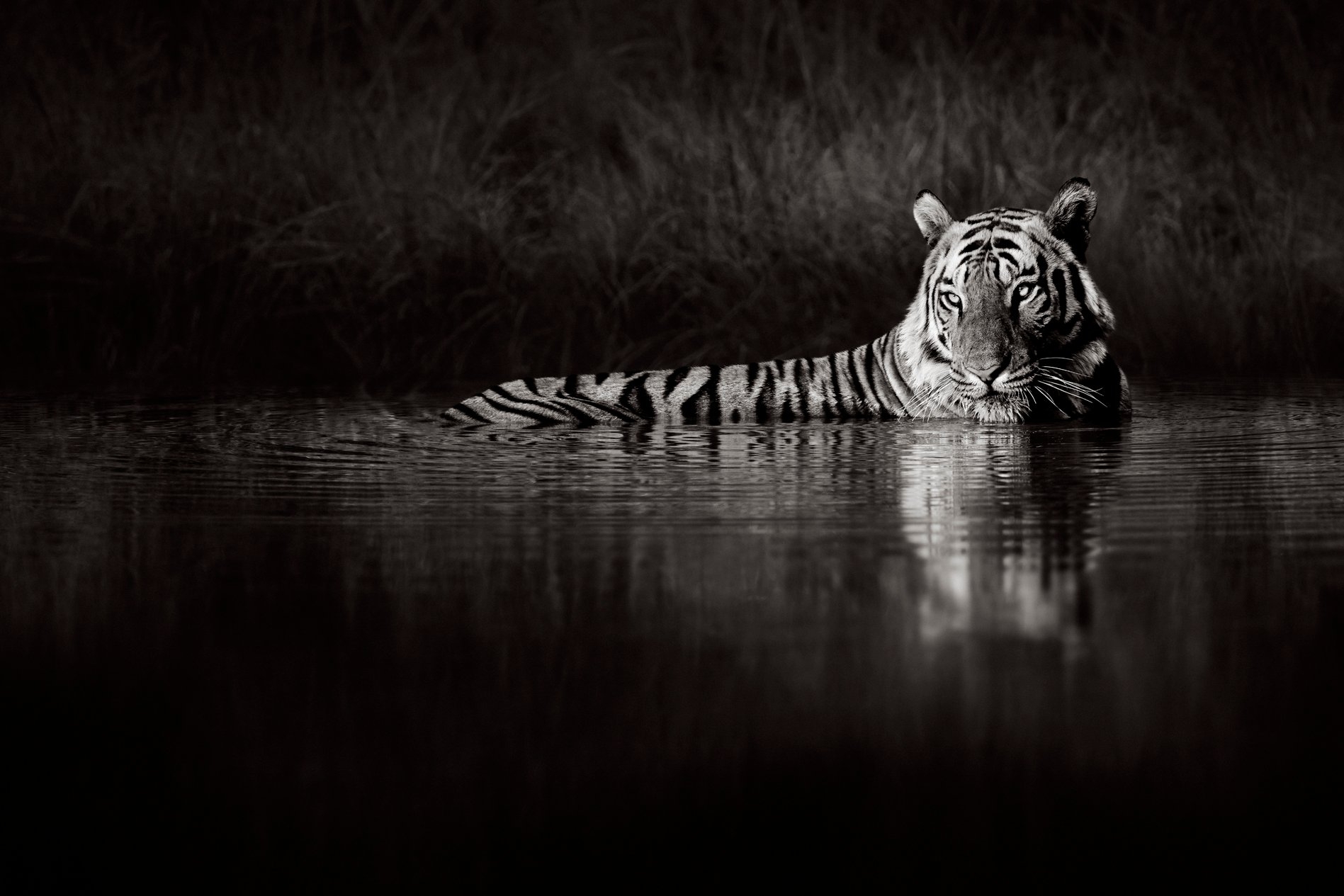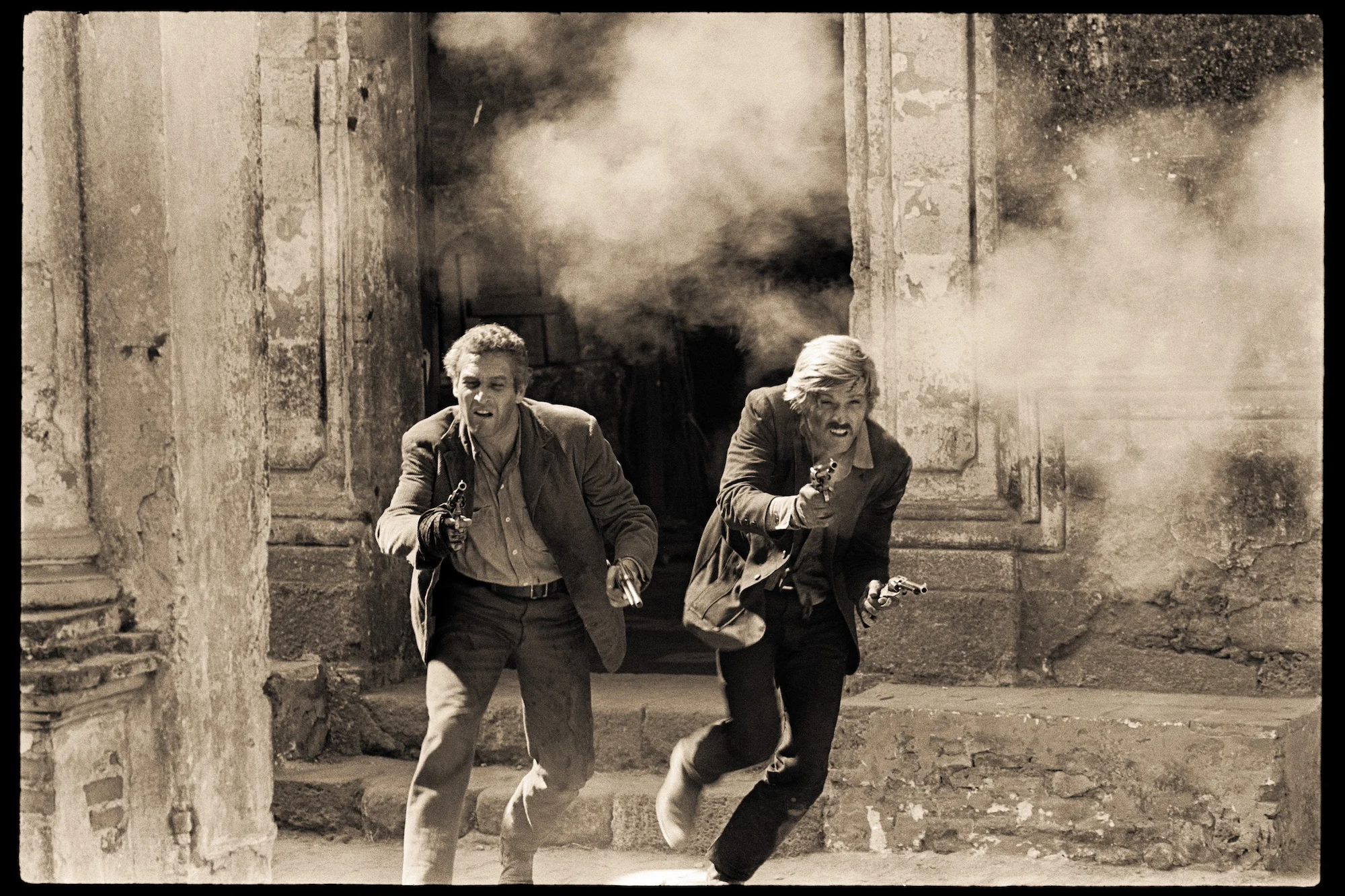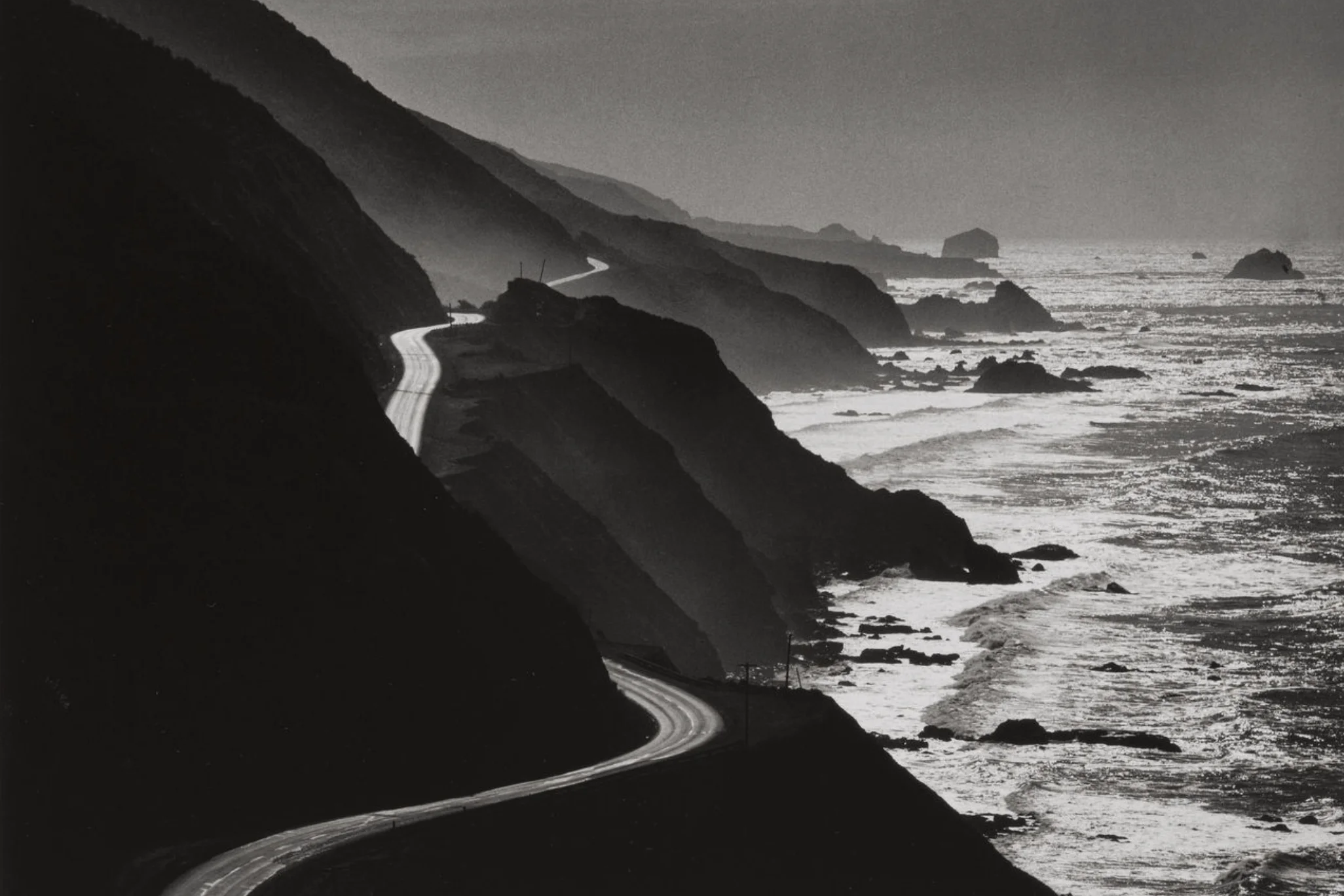ALFRED STIEGLITZ
(1864 - 1946)
Alfred Stieglitz is considered one of photography’s greatest and earliest advocates. Although he took great care in producing his prints, often making platinum prints—a process renowned for yielding images with a rich, subtly varied tonal scale—he was noted for his compositional choices and the use of natural elements like rain, snow, and steam to unify the components of a scene into a visually pleasing pictorial whole. As his craft progressed, he felt that photographs are as much an expression of the photographer’s feelings for the subject as they reflect the subject depicted.
He returned to the USA in 1890 after engineering studies in Europe determined to prove that photography was a medium as capable of artistic expression as painting or sculpture. As the editor of Camera Notes, the journal of the Camera Club of New York—an association of amateur photography enthusiasts—Stieglitz espoused his belief in the aesthetic potential of the medium and published work by photographers who shared his conviction.
Stieglitz edited the association’s luxurious publication Camera Work from 1903 to 1917, and organized exhibitions with the aid of Edward J. Steichen. In addition to his own artistic work Stieglitz was known for his apprising and promoting Auguste Rodin, Pablo Picasso and other modern artists. Amongst his other work he had extensive photographs of the celebrated artist Georgia O’Keefe, who later became his wife.





